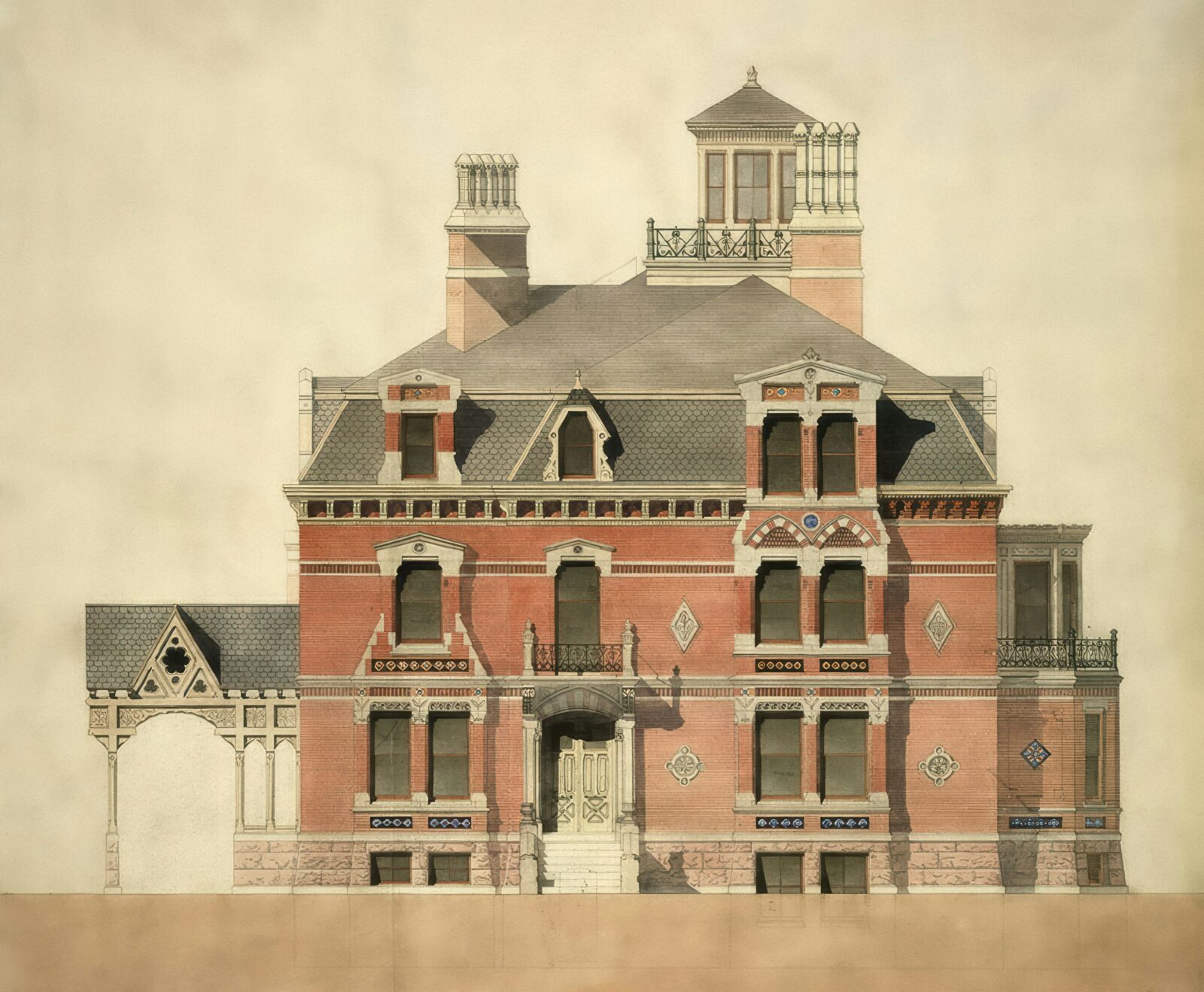- Home
- Articles
- Architectural Portfolio
- Architectral Presentation
- Inspirational Stories
- Architecture News
- Visualization
- BIM Industry
- Facade Design
- Parametric Design
- Career
- Landscape Architecture
- Construction
- Artificial Intelligence
- Sketching
- Design Softwares
- Diagrams
- Writing
- Architectural Tips
- Sustainability
- Courses
- Concept
- Technology
- History & Heritage
- Future of Architecture
- Guides & How-To
- Art & Culture
- Projects
- Interior Design
- Competitions
- Jobs
- Store
- Tools
- More
- Home
- Articles
- Architectural Portfolio
- Architectral Presentation
- Inspirational Stories
- Architecture News
- Visualization
- BIM Industry
- Facade Design
- Parametric Design
- Career
- Landscape Architecture
- Construction
- Artificial Intelligence
- Sketching
- Design Softwares
- Diagrams
- Writing
- Architectural Tips
- Sustainability
- Courses
- Concept
- Technology
- History & Heritage
- Future of Architecture
- Guides & How-To
- Art & Culture
- Projects
- Interior Design
- Competitions
- Jobs
- Store
- Tools
- More
5 Tips for Creating Stunning Architectural Presentations That Wow Clients

Creating a stunning architectural presentation isn’t just about showcasing your design; it’s about communicating your vision effectively. Whether you’re a student preparing for a jury or a professional pitching to a client, your presentation boards must be as meticulously crafted as your architectural plans. After all, your audience might only see the presentation, so it needs to speak volumes.
In this article, we’ll share five essential tips to elevate your architectural presentations. From incorporating technical drawings to harmonizing your color palette, these guidelines will help you create a compelling narrative that captures attention and conveys your ideas clearly. Let’s dive in and transform the way we present our architectural masterpieces.
Table of Contents
ToggleUnderstand Your Audience
Tailor Content to Viewer Demographics
When creating an architectural presentation, we need to tailor the content based on our viewer demographics. Different demographics may have unique preferences and levels of design understanding. For instance, residential clients often prefer visuals that evoke emotions and showcase livable spaces, whereas commercial clients might focus on functionality and ROI. By understanding who will be on the receiving end of our presentation, we can adjust the content to align with their interests and needs, making our pitch more compelling.
Consider Audience’s Technical Background
We should also consider our audience’s technical background. Most clients won’t understand architectural jargon or complex technical details. Public officials might focus on compliance and regulations, while investors might look at cost and timelines. Instead of overwhelming them with technical terminology, we should convey our ideas in simple language and use visual aids like 3D renderings or clear diagrams to illustrate complex concepts. This approach helps in maintaining their interest and ensures our message is effectively communicated.

Utilize Effective Visual Aids
Choosing the Right Formats and Resolutions
The quality of visual aids significantly impacts an architectural presentation’s effectiveness. High-resolution images paired with the appropriate formats ensure that designs are clear and detailed. For instance, using 300 DPI for print materials and a minimum of 1920×1080 pixels for digital screens maintains image clarity. Sketches, blueprints, and 3D visuals should be optimized for both print and digital media, avoiding any pixelation or loss of detail. When images are crisp and clear, stakeholders can better appreciate intricate design elements.
Integrating Multimedia Effectively
Static images alone may not fully convey the dynamism of a proposed design. Incorporating multimedia elements like 3D animations, virtual walkthroughs, and soundtracks can elevate a presentation. A 3D animation showcases a project in motion, displaying the functionality and aesthetic appeal from multiple angles. Adding background music or ambient sounds enhances the emotional impact. Tools like VR headsets can offer immersive experiences, allowing stakeholders to explore designs interactively. By blending various multimedia components seamlessly, we create a richer, more engaging presentation that captures and retains audience interest.
Create a Compelling Narrative
Incorporate Storytelling Techniques
Architectural presentations gain impact when storytelling techniques are applied. A captivating scenario can take investors on a journey, allowing them to imagine themselves as future dwellers or users of the property. We can achieve this by alternating between dramatic flyover and walkthrough perspectives. This approach lets viewers examine the surrounding area while appreciating the interior’s atmosphere. Adding timelapses of exterior construction or interior furnishings enhances the project’s story. CGI enables architects to experiment with presentation style, tone, and elements to create the most spectacular impression on stakeholders.
Focus on Design Philosophy and Vision
Presentations should convey our design philosophy and vision clearly. Highlighting the design philosophy and vision shows stakeholders our creative process and the uniqueness of our approach. For instance, emphasizing sustainable practices or innovative design elements can demonstrate both functionality and aesthetics. We should ensure all aspects of the presentation, from visual materials to narratives, reflect our core design principles. By doing so, we can effectively communicate not just the physical attributes of the project but also the underlying values that drive our work.

Ensure Clarity and Precision
Simplify Complex Information
Architectural presentations often involve detailed plans and intricate designs. Shrink the complexity by breaking down information into manageable parts. Avoid long paragraphs of technical jargon; instead, use bullet points or short sentences to convey essential elements. Emphasize key features and their benefits, ensuring that each piece fits logically into the overall design vision. By simplifying complex information, we make our presentation more accessible to non-architects, fostering better understanding and engagement.
Use Visual Hierarchy to Guide Attention
Organize visual elements to lead the audience’s eyes naturally through the presentation. Leverage size, color, and positioning to highlight critical aspects of the design. Contrast headings and subheadings using different font sizes and colors to establish a clear structure. Incorporate visual aids strategically, using larger images or diagrams for focal points and smaller ones for supplementary details. A well-structured visual hierarchy helps guide attention, ensuring that the most important information receives the emphasis it deserves. By mastering visual hierarchy, we create a balanced and compelling architectural narrative that captivates and informs.
Rehearse and Refine the Presentation
Practice Delivery Techniques
Delivering a presentation seamlessly hinges on thorough practice. Repeating the presentation helps internalize content and reduces reliance on slides. By rehearsing aloud, we detect wordy sections and refine them for clarity. Timing each session ensures we stay within allotted limits, avoiding rushed or prolonged presentations. Employing recording devices lets us review performances, identify weaknesses, and make necessary improvements. Practicing in front of mirrors aids in observing and refining non-verbal cues like hand gestures and facial expressions.
Get Feedback and Make Adjustments
Feedback is crucial for refining presentations. Presenting to colleagues or friends offers fresh perspectives and uncovers potential issues. Constructive criticism helps us understand sections needing more clarity or engagement. Recognizing confusing parts prompts us to simplify complex concepts or adjust visual aids. By adopting suggested changes, we increase the presentation’s overall effectiveness. Post-feedback rehearsals ensure all adjustments integrate smoothly, optimizing the final delivery.

Conclusion
Implementing effective techniques in architectural presentations elevates the design vision and impact. We discussed five key tips to create stunning presentations that resonate with stakeholders and clients.
Technical Drawings
Clear, detailed technical drawings form the backbone of any architectural presentation. They provide the necessary context and specifications that showcase the intricacies of the design. Simplify complex information to ensure ease of understanding. For instance, using consistent line weights and annotations can enhance readability.
Color Palette Harmonization
A well-chosen color palette harmonizes the presentation and underscores key elements. Align colors with the project’s theme to maintain a cohesive look. Using contrasting colors for emphasis helps direct the viewer’s attention. Ensure the palette is professional and conducive to the design context.
Audience Understanding
Tailoring presentations to the audience’s needs ensures higher engagement. Understand the stakeholders’ priorities and concerns. This knowledge allows us to address specific queries and present relevant information. For example, a client interested in sustainability would appreciate detailed visuals of energy-efficient features.
Simplification and Visual Hierarchy
Simplicity and visual hierarchy guide the viewer’s focus. Break down complex data into visual elements like charts and graphs. Use headings, subheadings, and spatial distribution to organize information efficiently. This approach not only clarifies the message but also makes it visually appealing.
Multimedia Integration
Incorporating multimedia elements, such as 3D animations and videos, transforms static presentations into dynamic experiences. These elements facilitate a better understanding of spatial relationships and design intent. For instance, a walkthrough animation can vividly showcase the flow and feel of the space.
Rehearsal and Feedback
Practicing the presentation repeatedly refines our delivery. Seek feedback from peers to pinpoint areas for improvement. Constructive critiques help in streamlining the content and enhancing its effectiveness. Adjust the narrative based on this input to ensure a polished final presentation.
Implement these tips to consistently create compelling architectural presentations that effectively communicate design visions and engage stakeholders.
- architectural presentation skills
- Architectural Presentation Techniques
- architectural presentation tips
- architectural project presentation ideas
- architectural visualization for client meetings
- building design presentation tips
- creating stunning architectural presentations
- effective architectural presentation strategies
- how to impress clients with presentations
- innovative architectural presentations
- professional architectural presentations
A licensed architect with hands-on studio experience, I translate complex design ideas into clear, engaging stories for a global audience. As a seasoned content writer and editor, I craft articles, project features, and thought-leadership pieces that illuminate emerging technologies, sustainable practices, and cutting-edge design trends—always with an architect’s eye for detail, accuracy, and narrative flow. My goal is to bridge practice and publication, giving fellow professionals and curious readers alike the insight and inspiration they need to push architectural boundaries.
Submit your architectural projects
Follow these steps for submission your project. Submission FormLatest Posts
How to Use Color and Layout in Your Architecture Presentation Board
An architecture presentation board becomes a powerful storytelling tool when color, layout,...
Enhancing Architectural Presentations: Leveraging Visual Storytelling Tools
In architecture, a design’s brilliance is only as effective as its presentation....
Best Portable Projectors for Architectural Presentations
Architects are constantly presenting their ideas, whether it’s showing design concepts to...
Successful Project Presentation: 5 Effective Tools to Try
After you invest time and effort into a project, you probably want...












Leave a comment